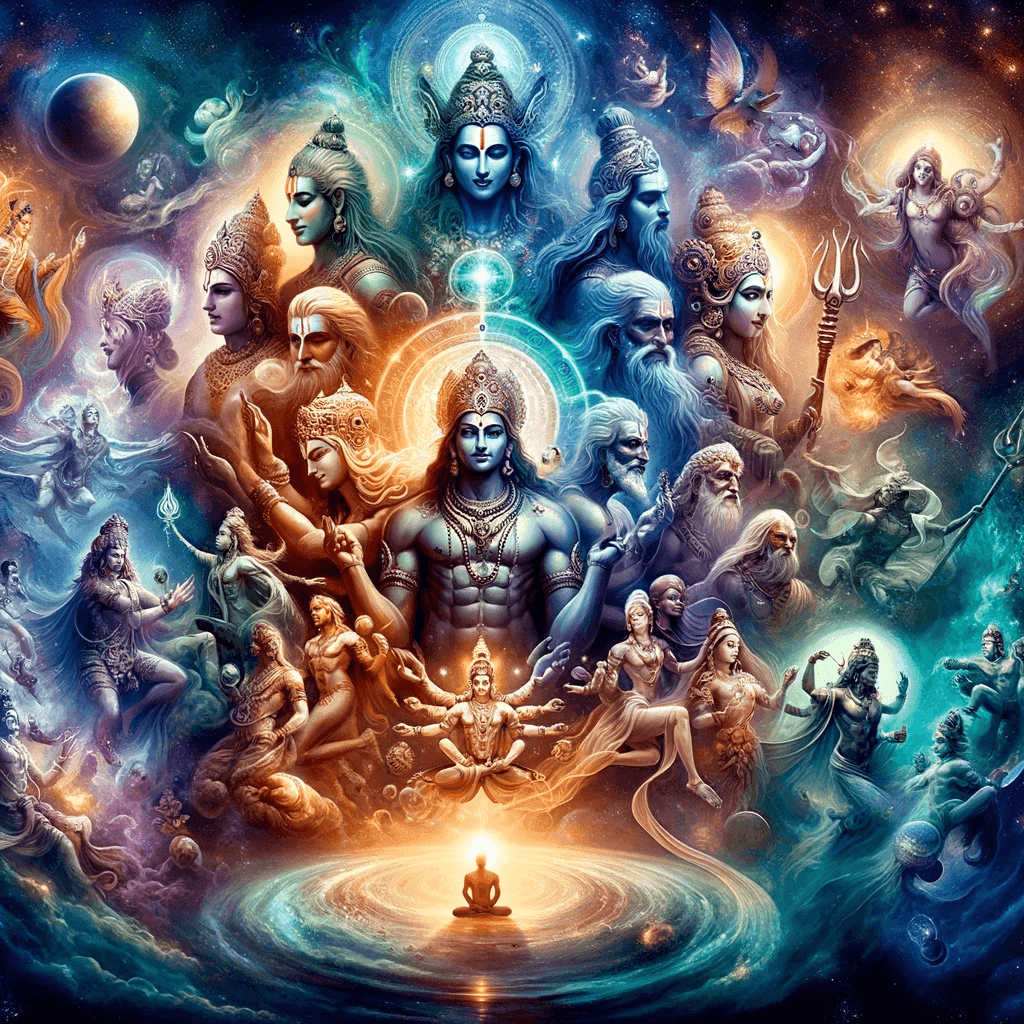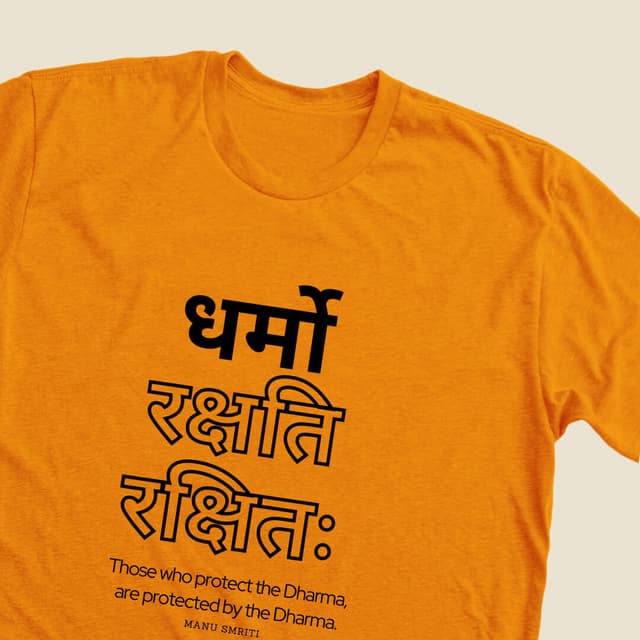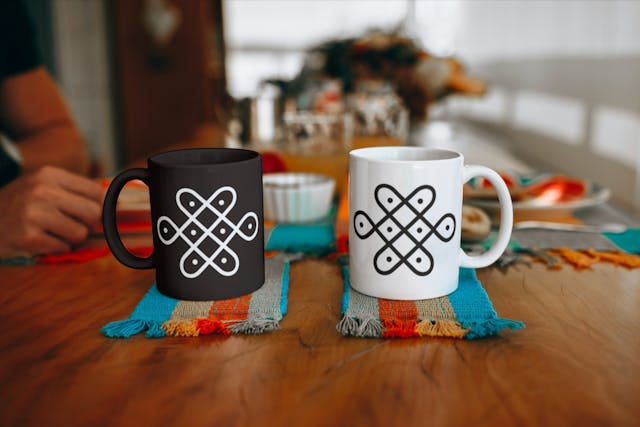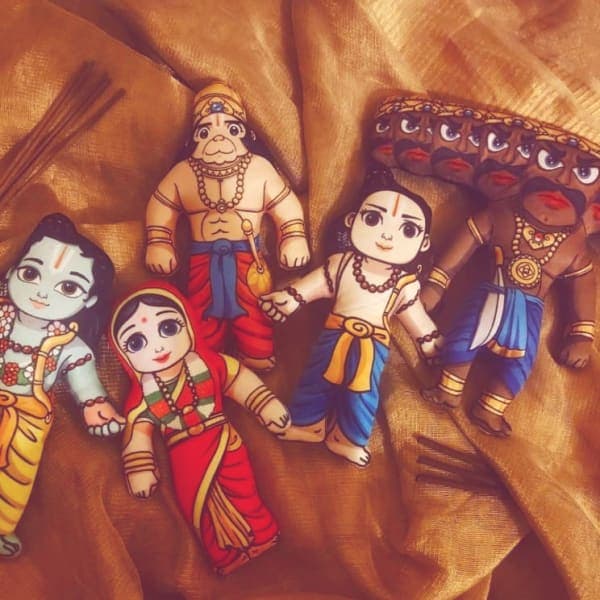The Unity of Divinity in Sanatan Dharma
Sanatan Dharma, often identified with Hinduism, is sometimes misunderstood as a religion of separate and independent gods. However, the truth is that the myriad deities in Sanatan Dharma represent different aspects of a single supreme reality, Brahman. They are not separate entities but diverse expressions of the same divine essence.
Myths/Truths and Other Details

Why There is a Myth?
The myth likely arises from the external observation of Hindu practices, where numerous deities are worshipped in various forms. This diversity can be misinterpreted as polytheism with independent gods, rather than a complex monotheism.
What's the Truth?
In Sanatan Dharma, the concept of Brahman underlies all forms of divinity. Brahman is the ultimate, formless, and eternal truth from which everything emanates and to which everything returns. The various deities worshipped are manifestations of this single reality, each embodying different attributes and functions of the divine.
The Concept of Brahman and Deities
- Brahman: The formless and absolute reality, Brahman is beyond human comprehension and exists beyond the physical universe.
- Manifestations of Brahman: Deities like Vishnu, Shiva, and Devi are considered manifestations of Brahman. Each deity represents certain qualities and aspects of the divine, catering to the diverse spiritual needs of devotees.
Symbolism and Diversity in Worship
- Symbolic Representation: Each deity symbolizes specific cosmic principles and moral values. For instance, Vishnu represents preservation, Shiva embodies destruction and regeneration, and Devi signifies the feminine aspect of creation.
- Personalization of the Divine: The worship of different deities allows devotees to form a personal connection with the divine, choosing a form that resonates with their spiritual inclinations.
Philosophical Foundations
- Advaita Vedanta: This school of thought, founded by Adi Shankaracharya, emphasizes non-dualism, stating that the individual soul (Atman) and Brahman are one and the same.
- Diverse Philosophical Interpretations: Other schools like Dvaita and Vishishtadvaita offer different interpretations but ultimately acknowledge the unity of the divine.
Modern Relevance and Global Influence
- Contemporary Understanding: Modern interpretations of Sanatan Dharma continue to explore the unity of divinity, relating it to universal spiritual themes.
- Global Spiritual Discourse: The concept of diverse yet unified divinity in Sanatan Dharma has contributed to global spiritual discourse, promoting tolerance and inclusivity.
...




